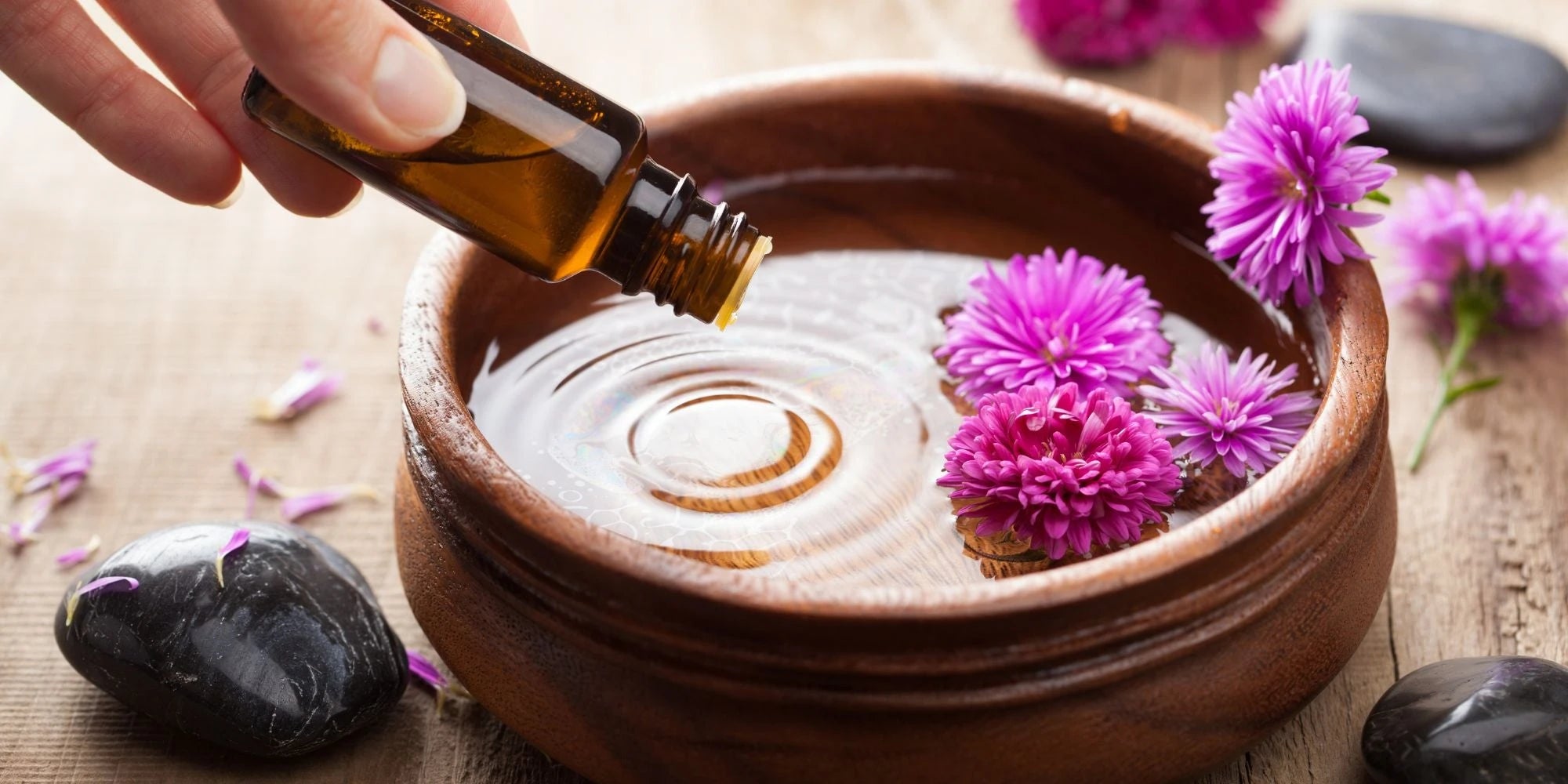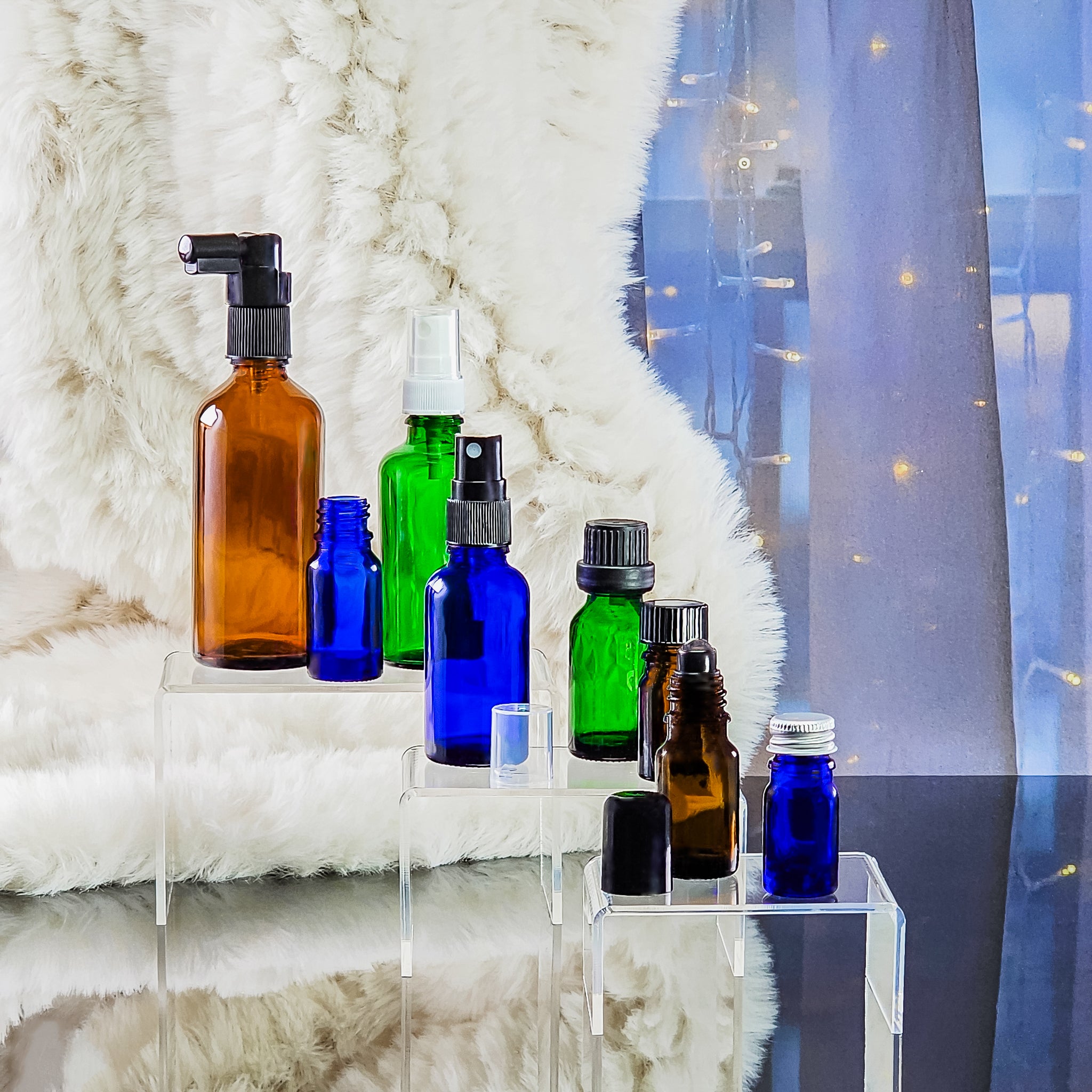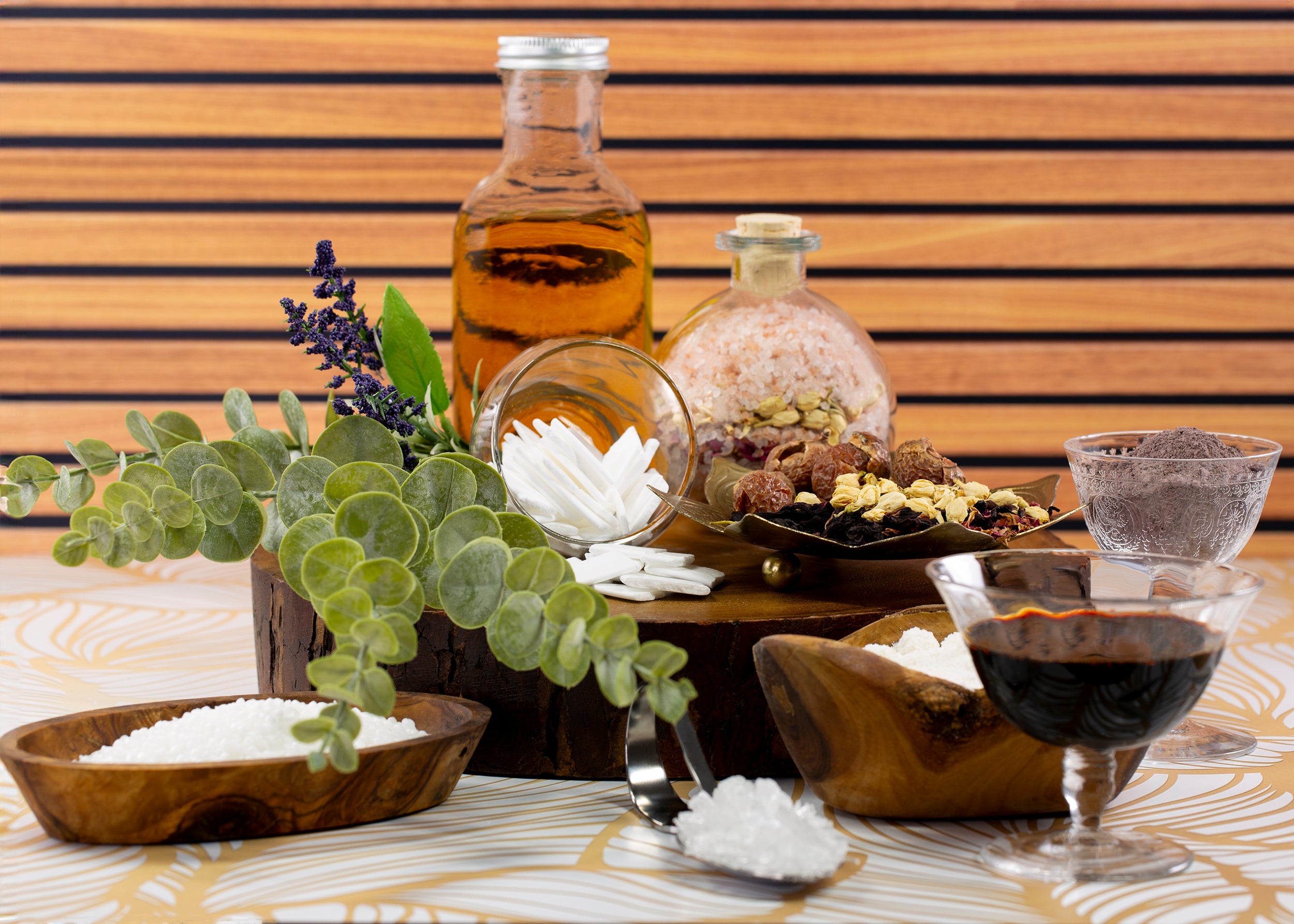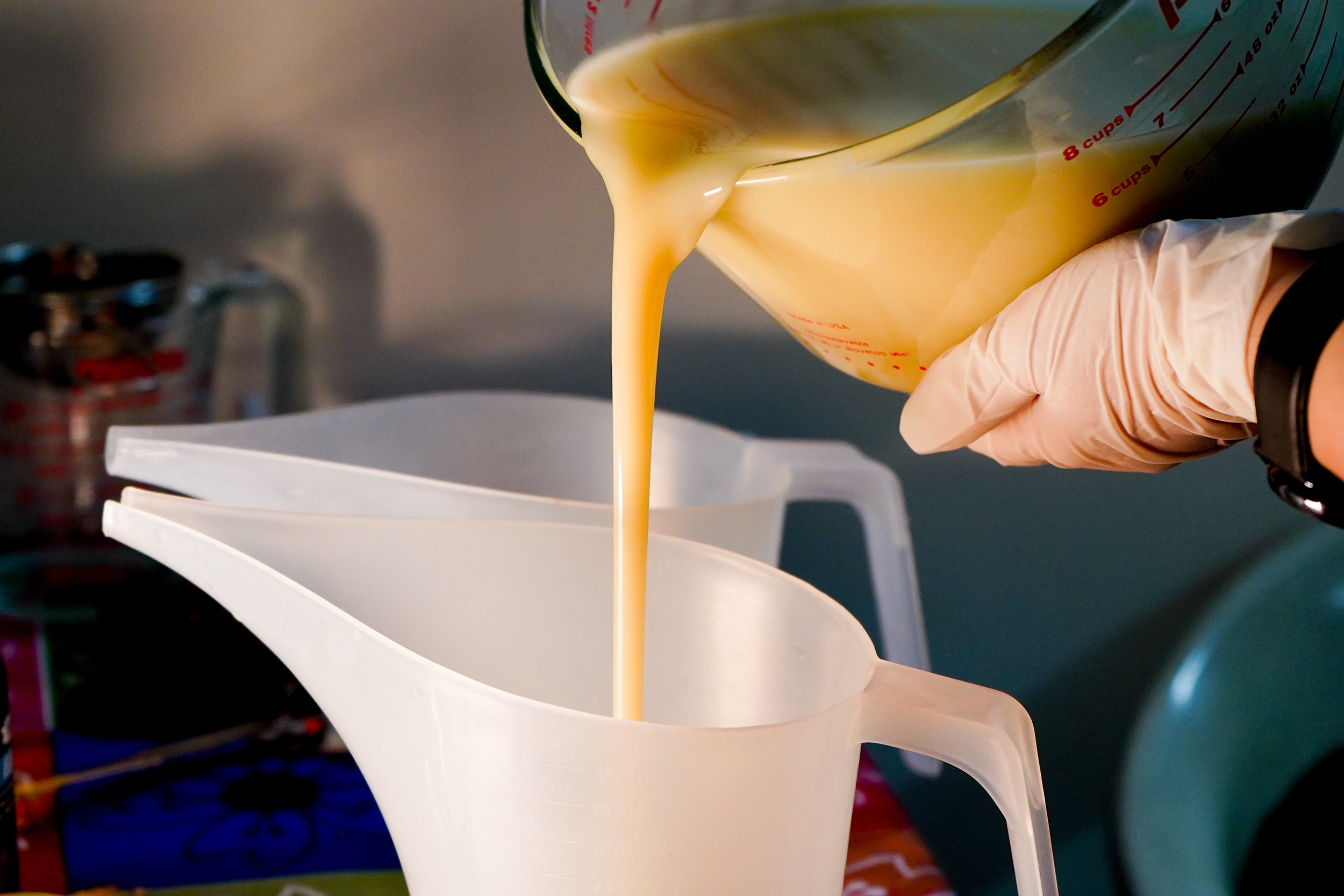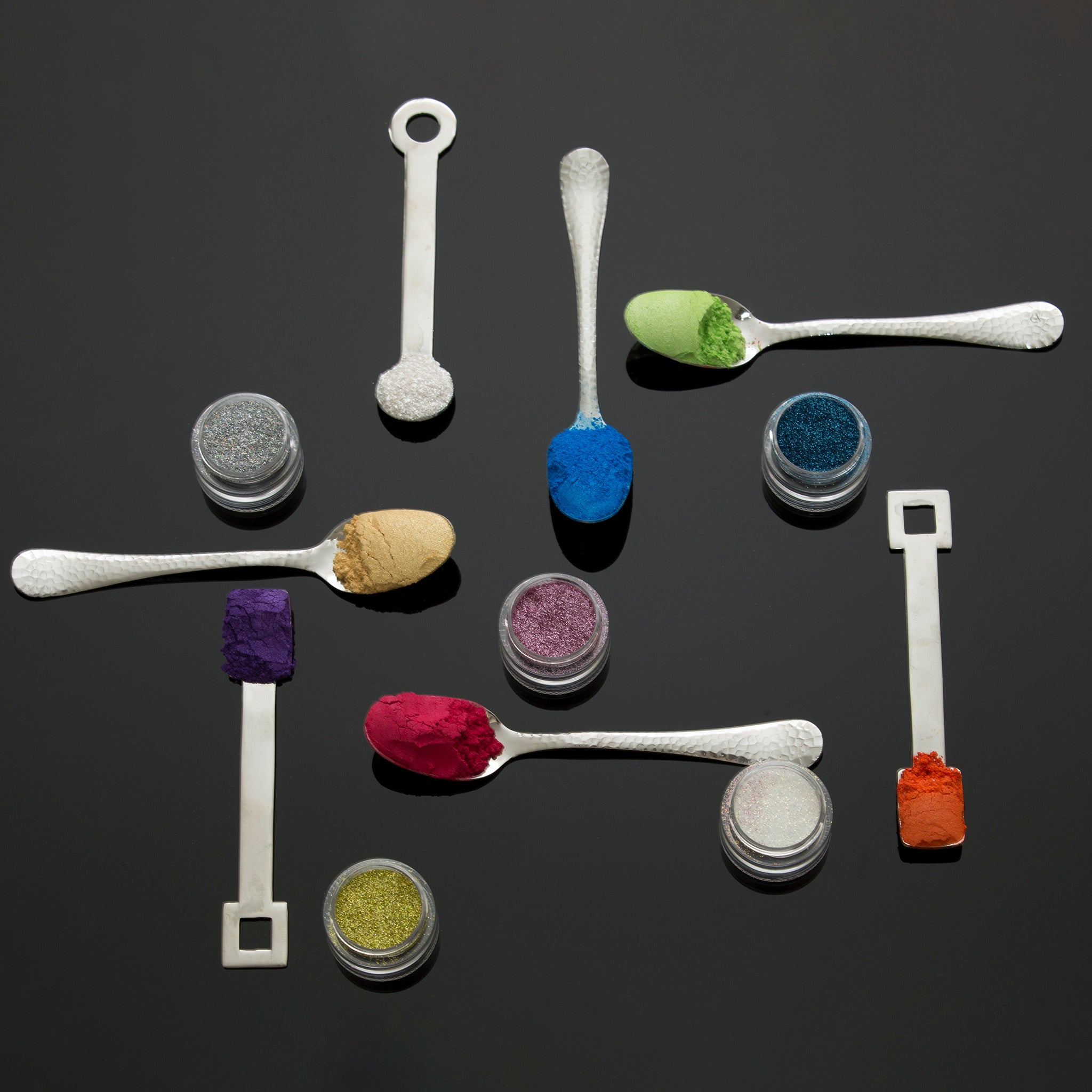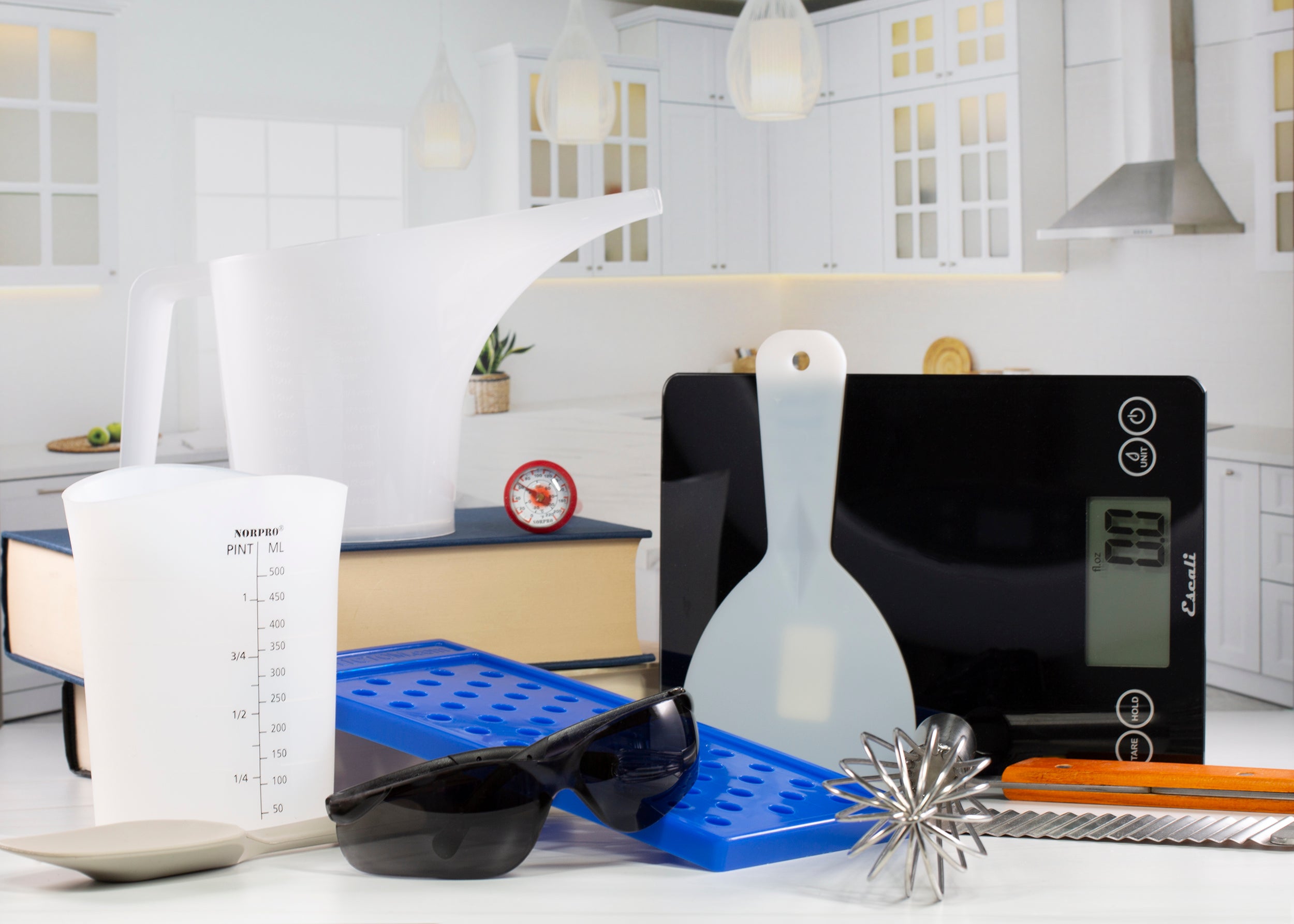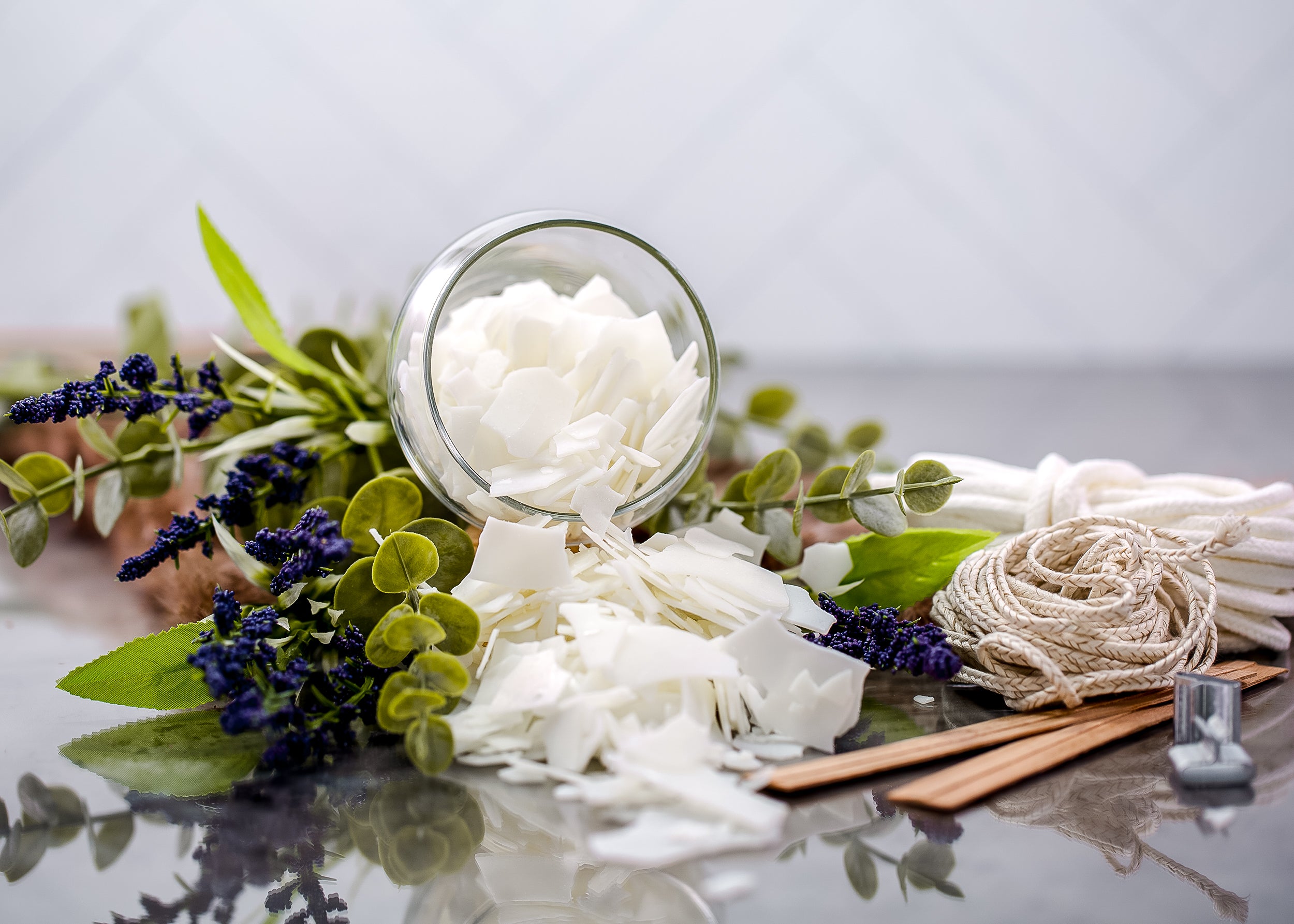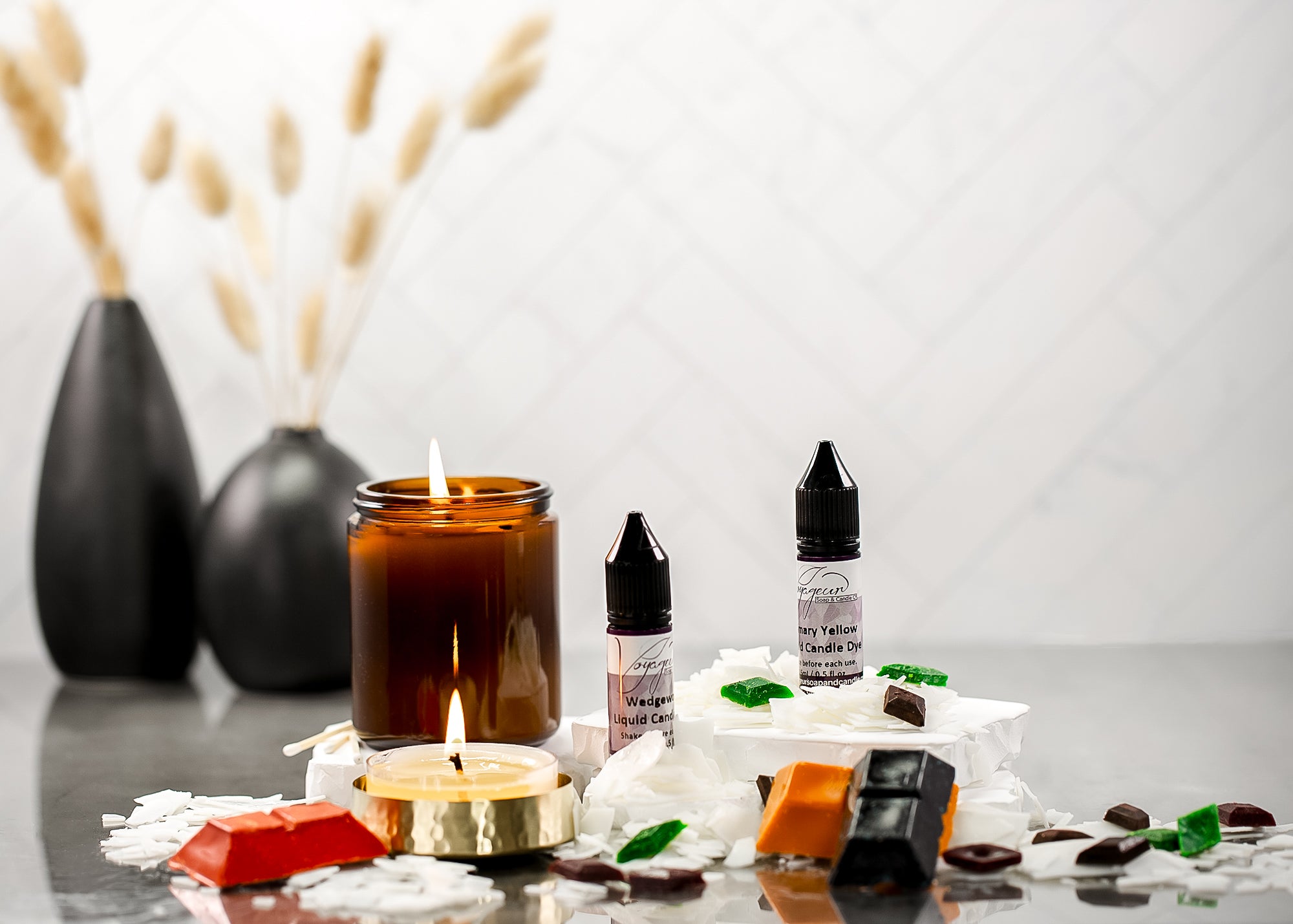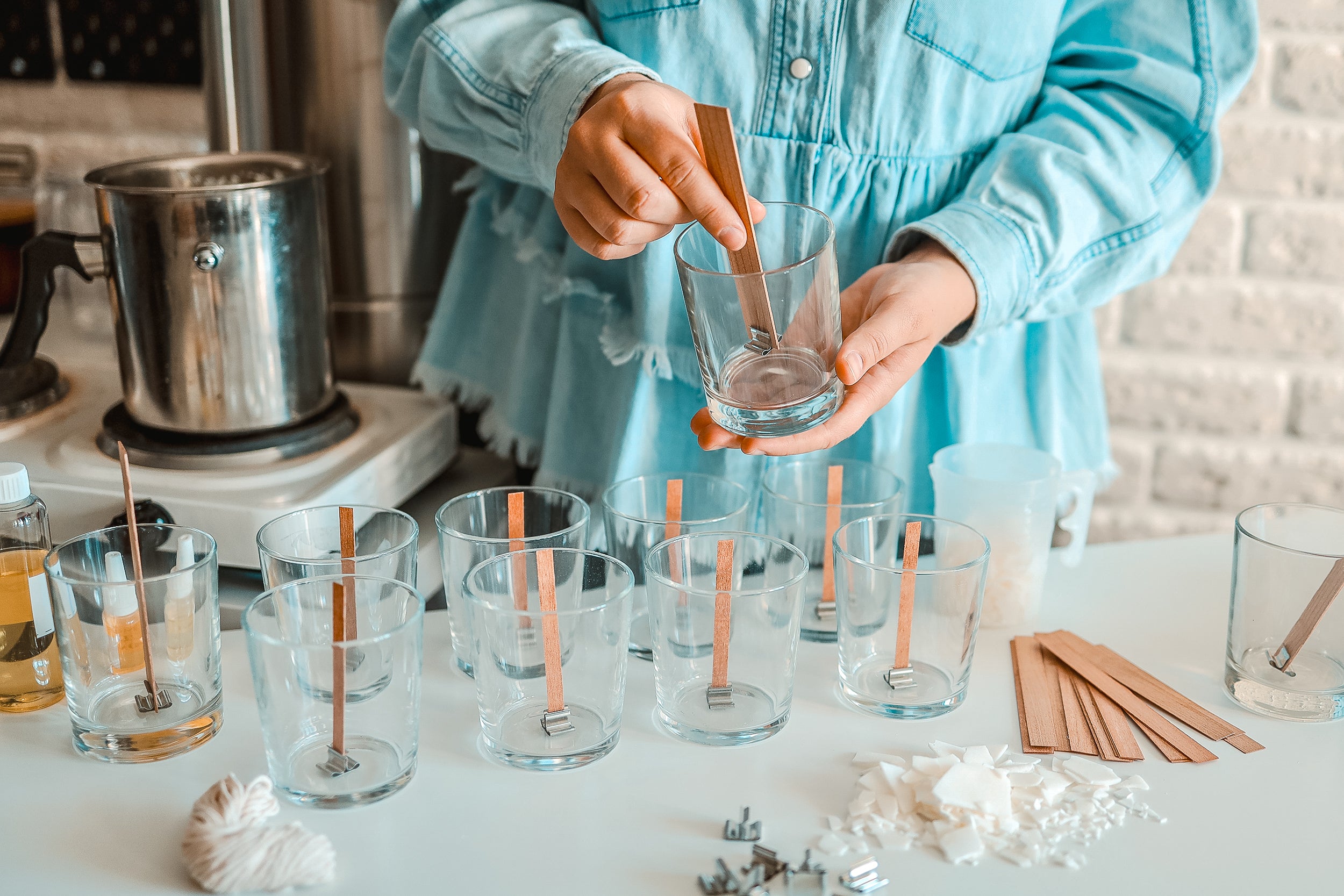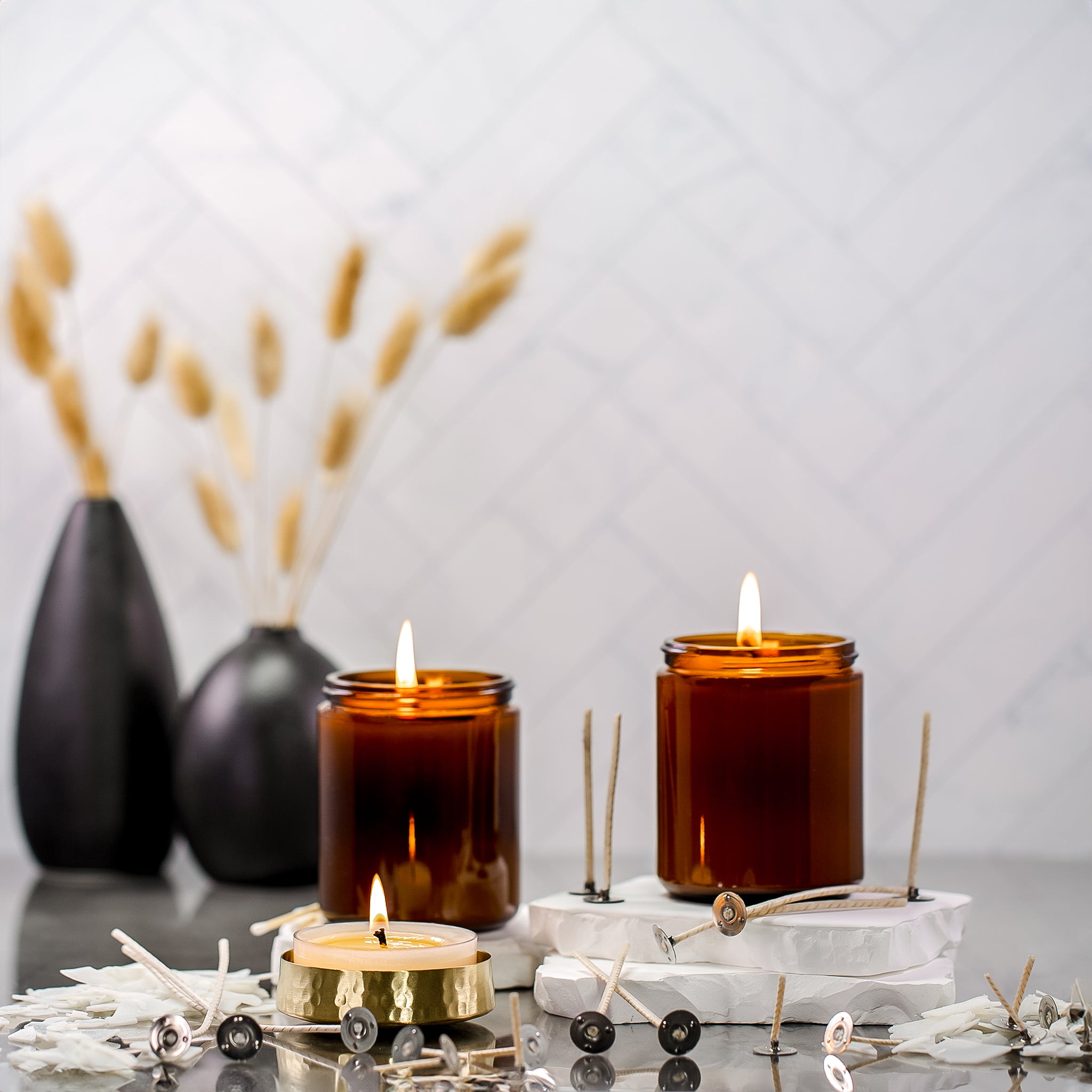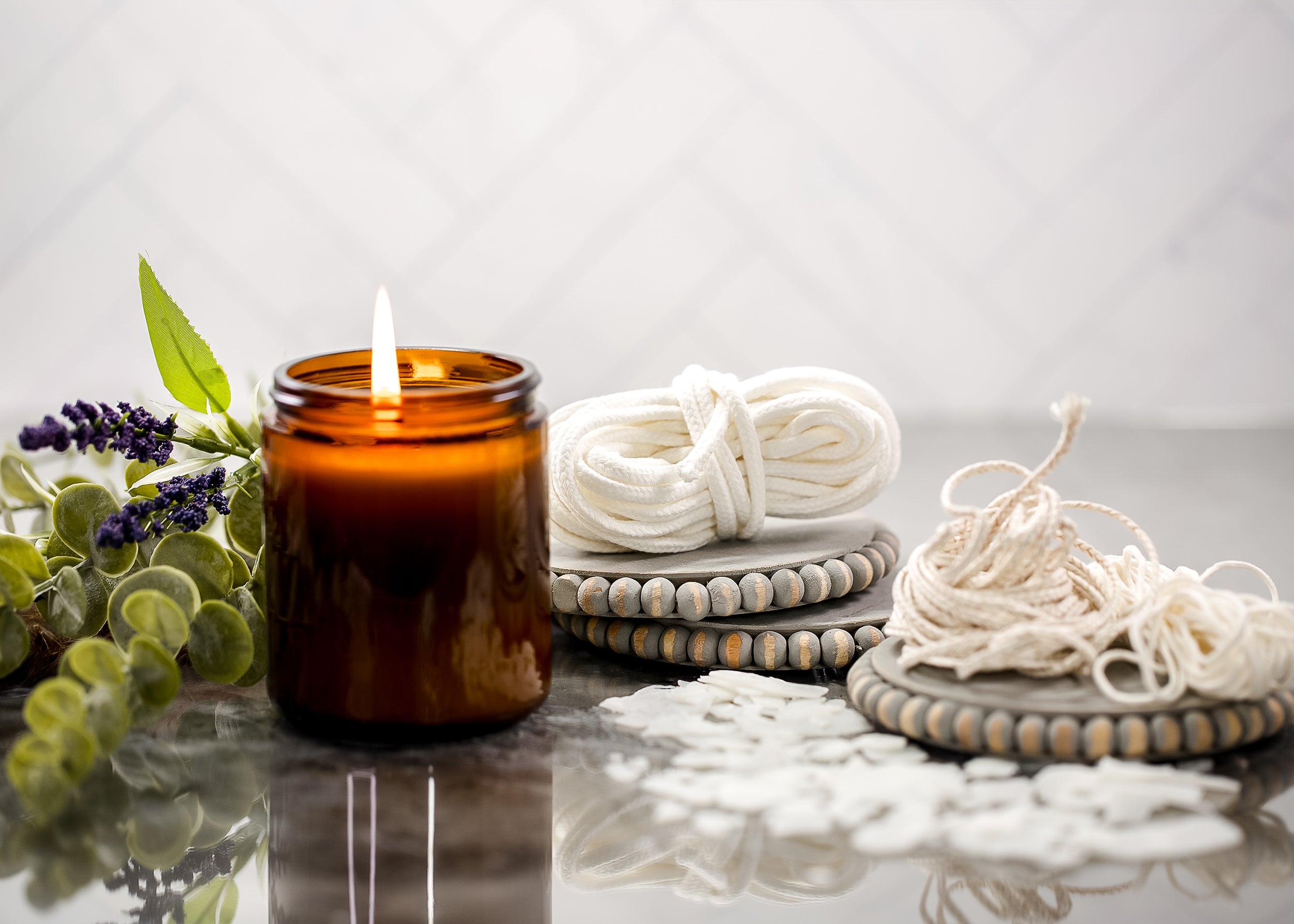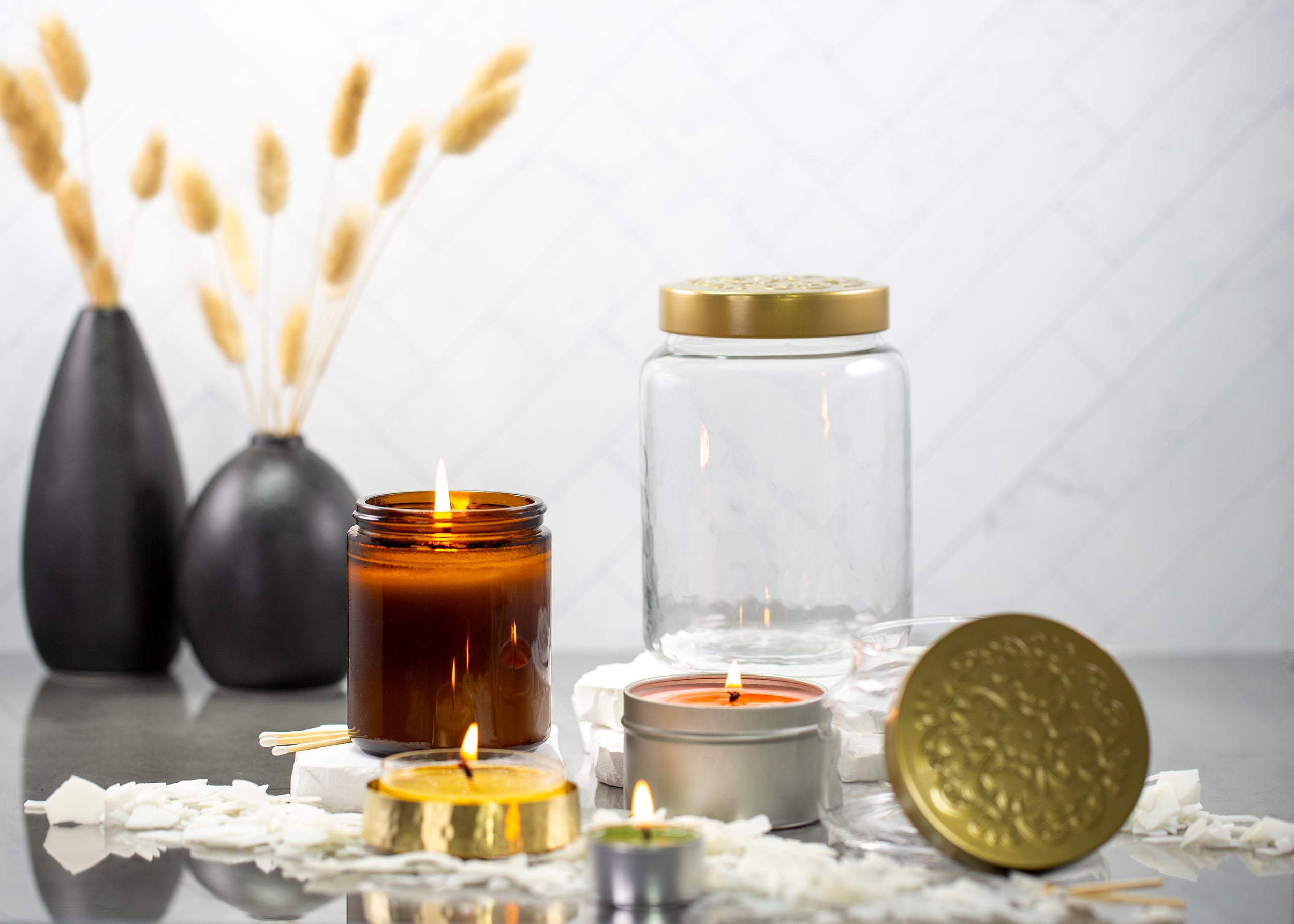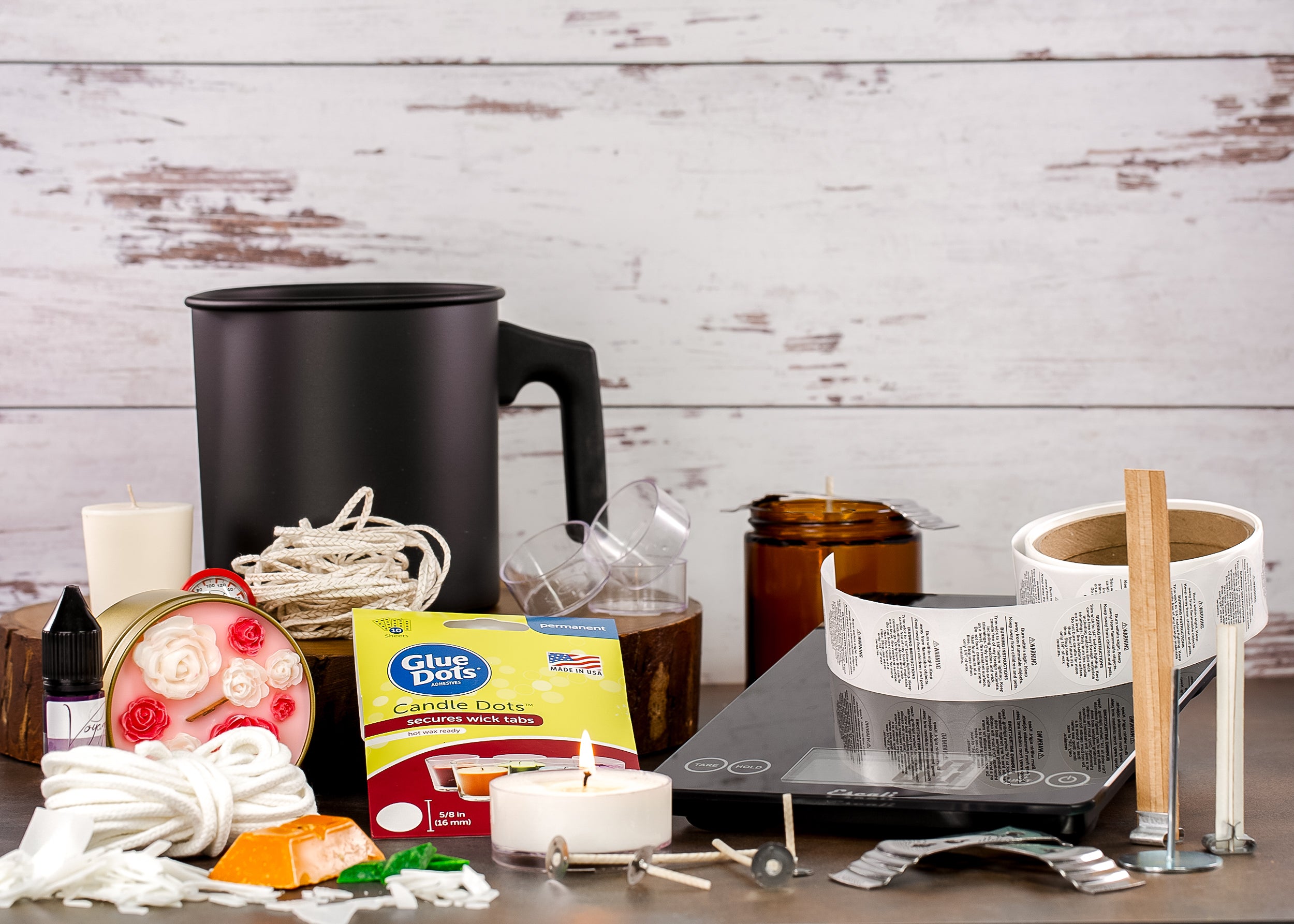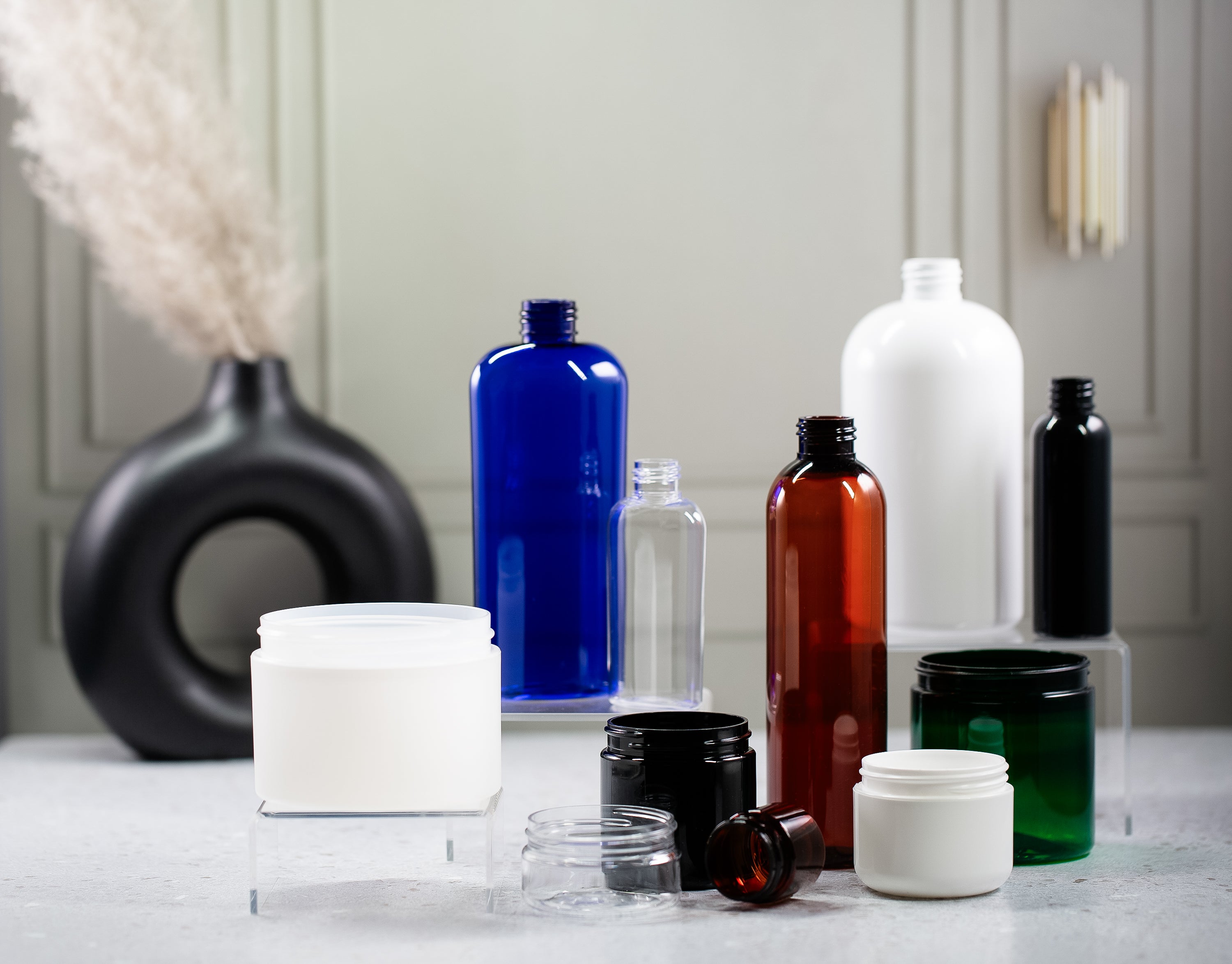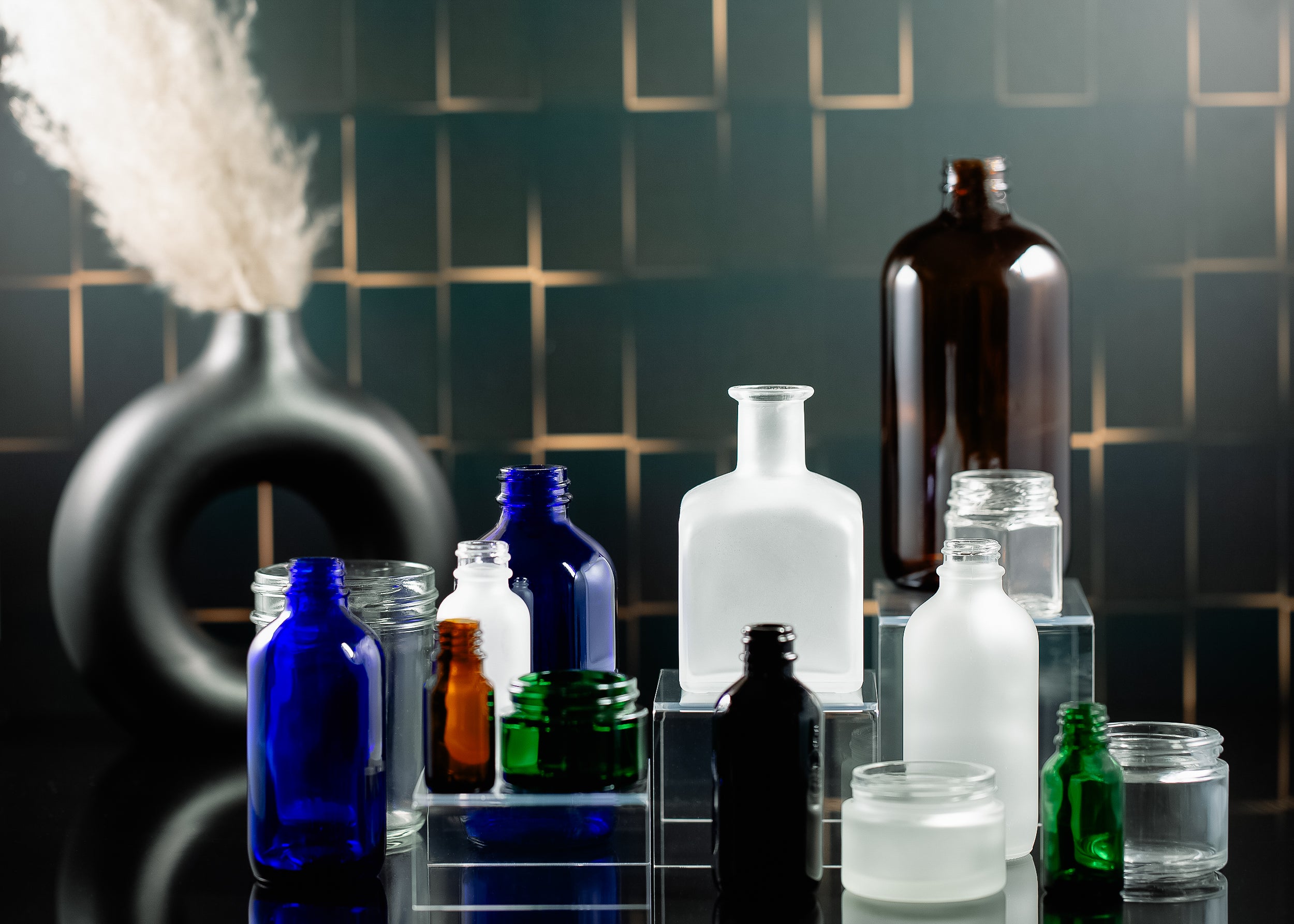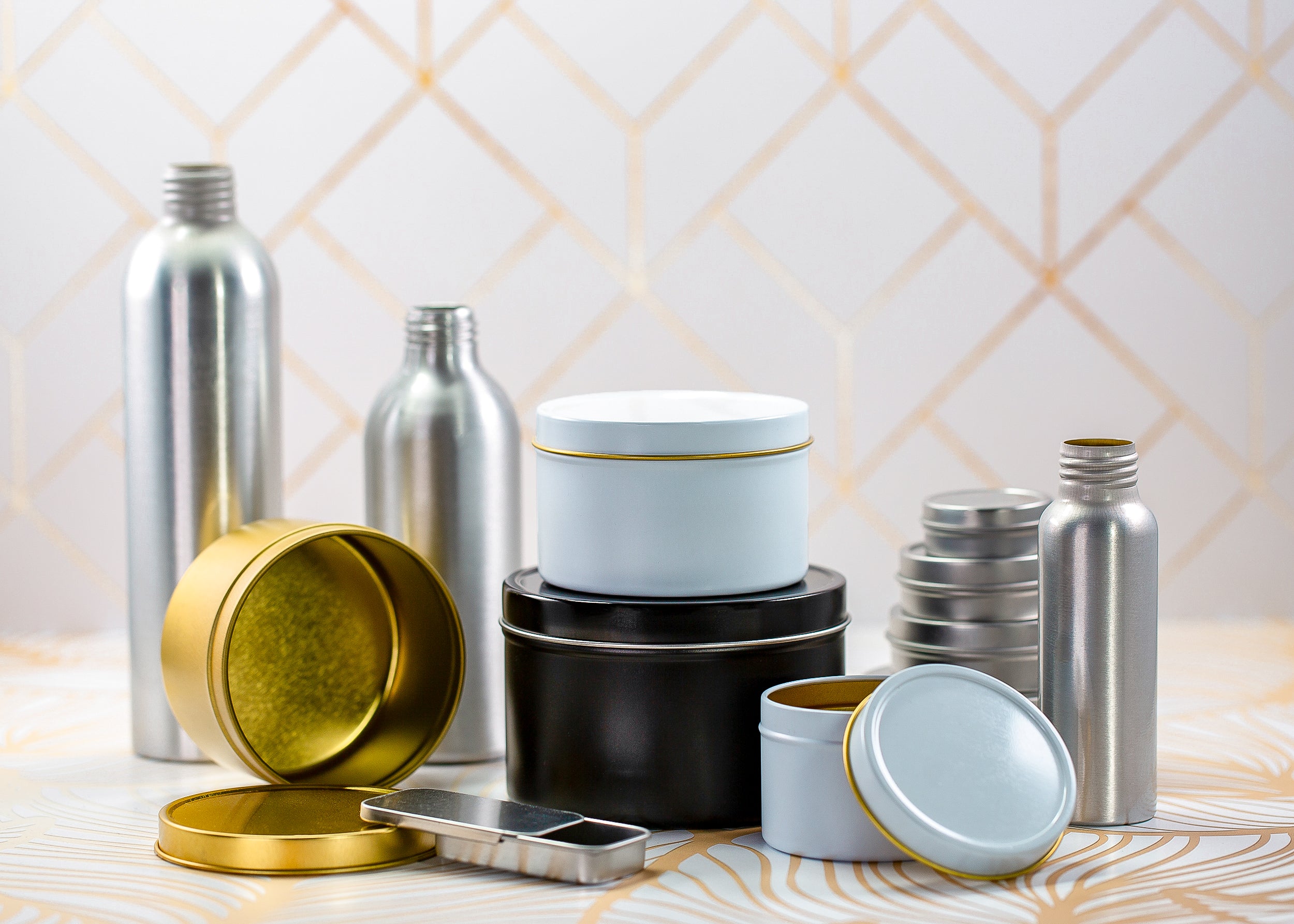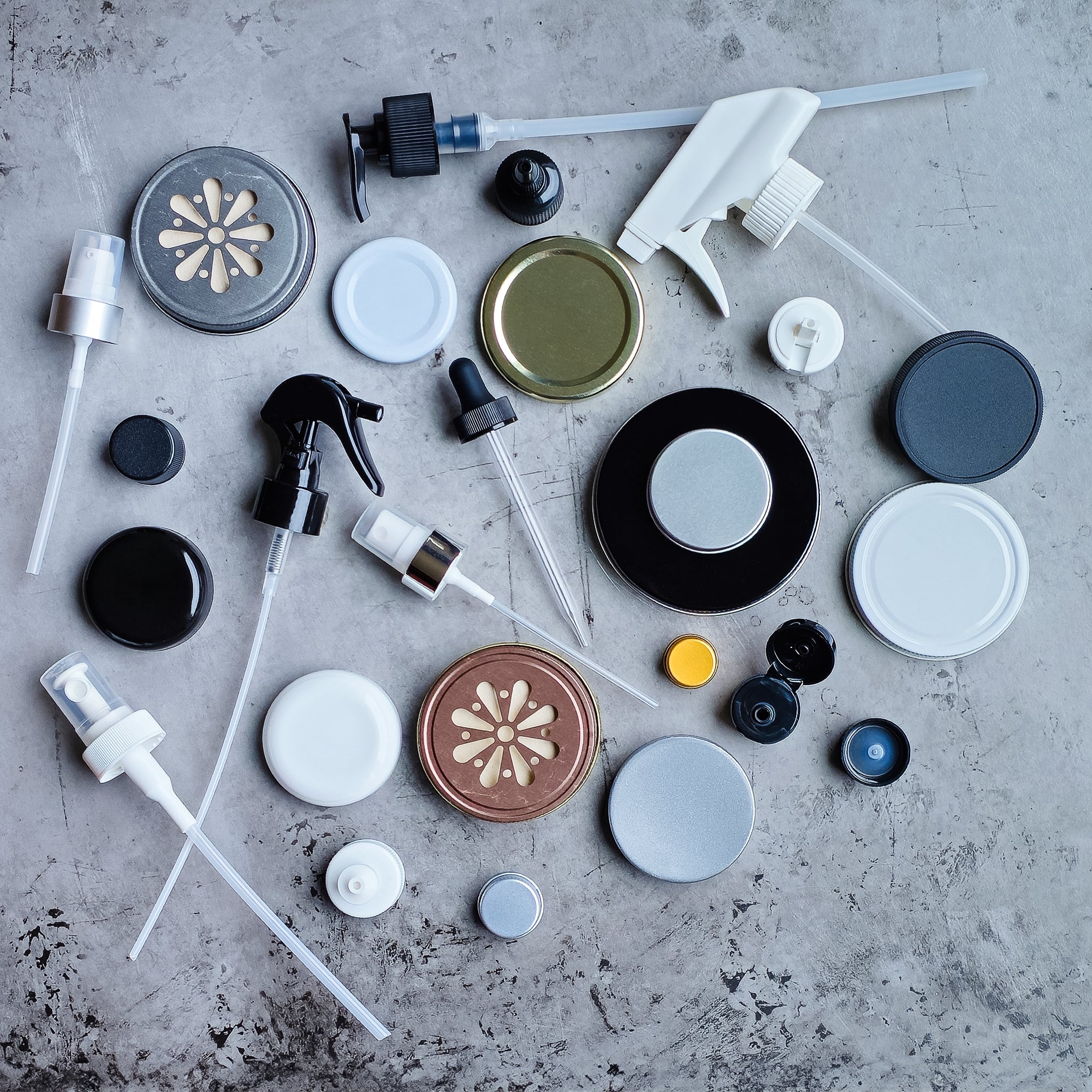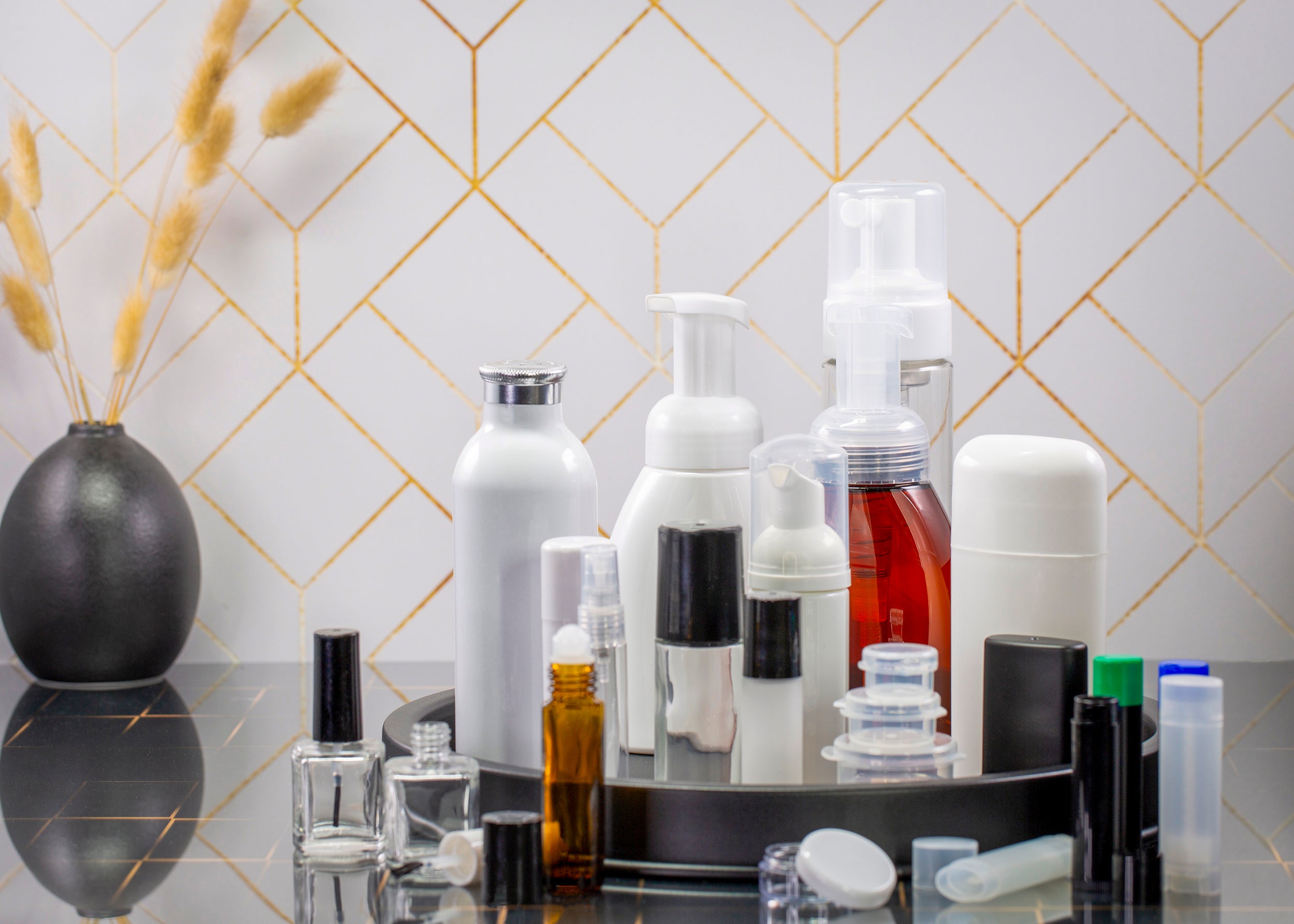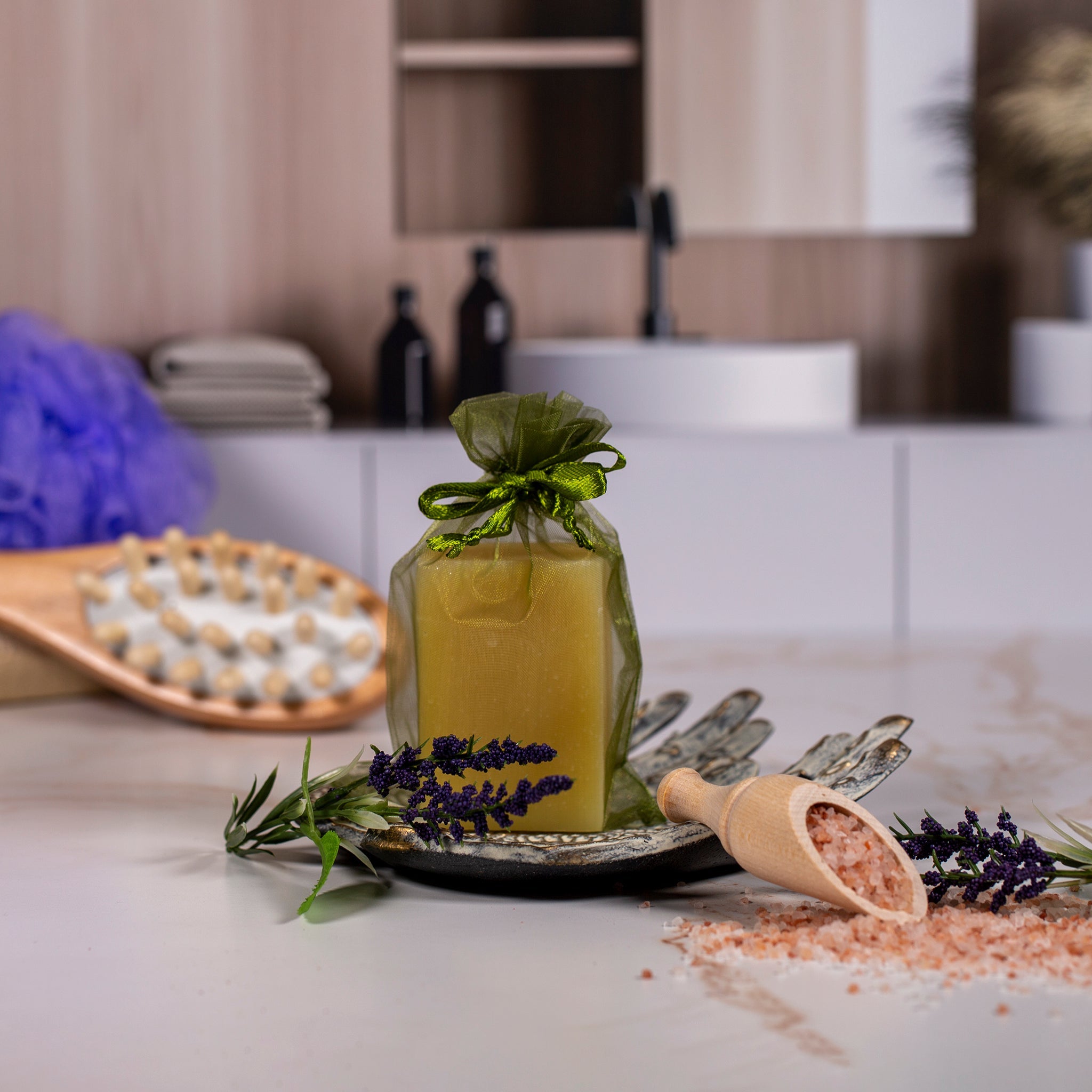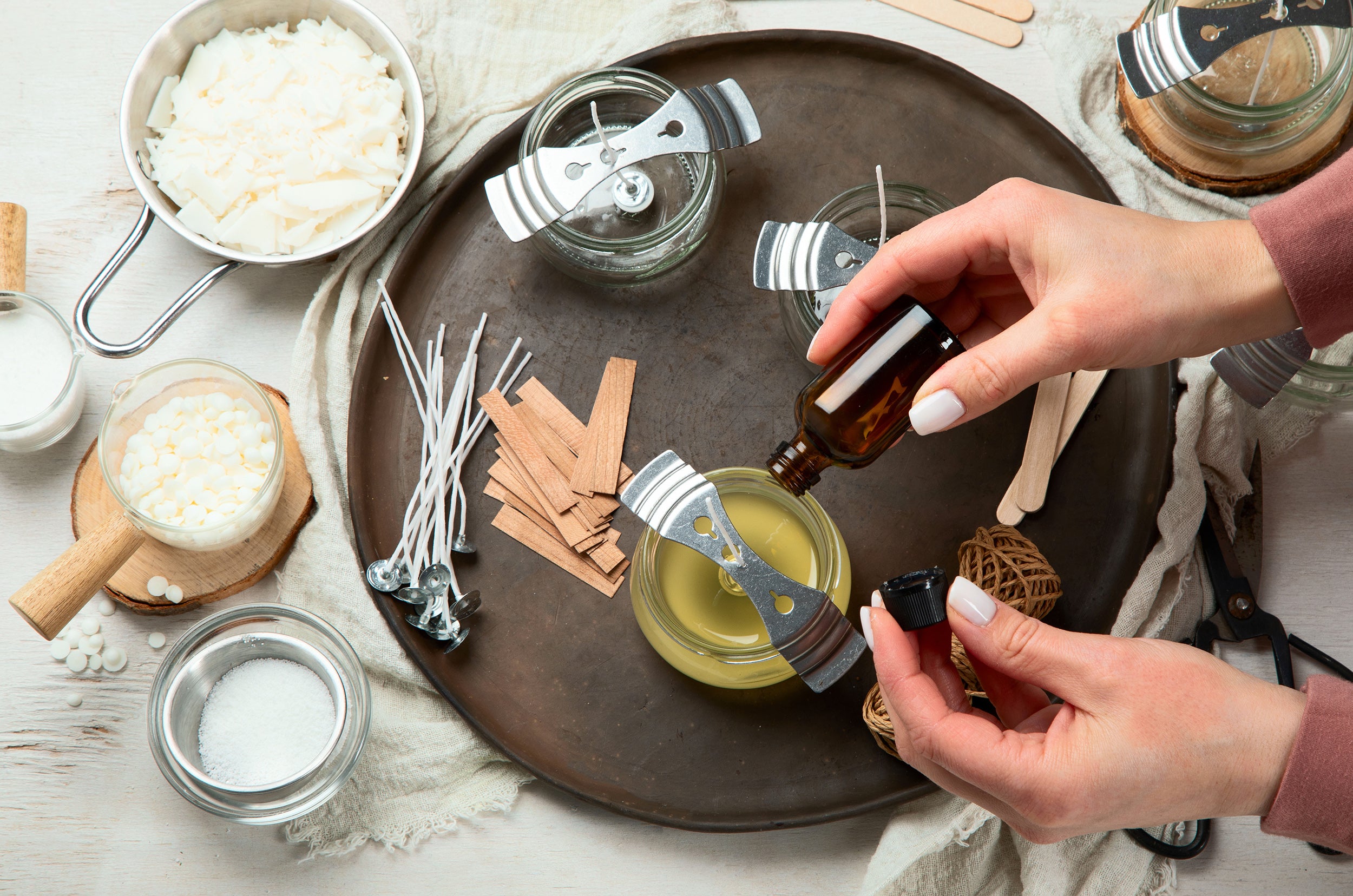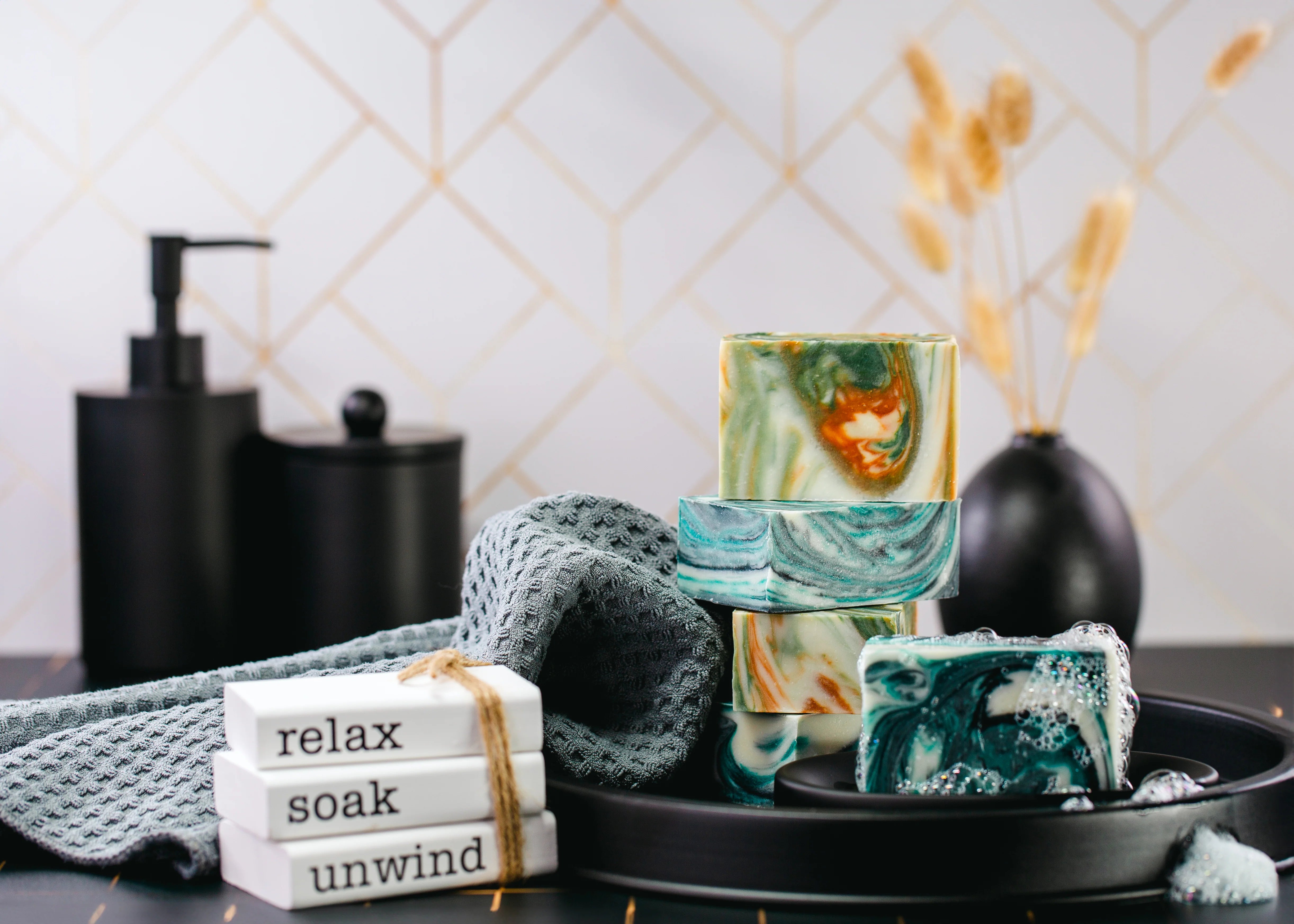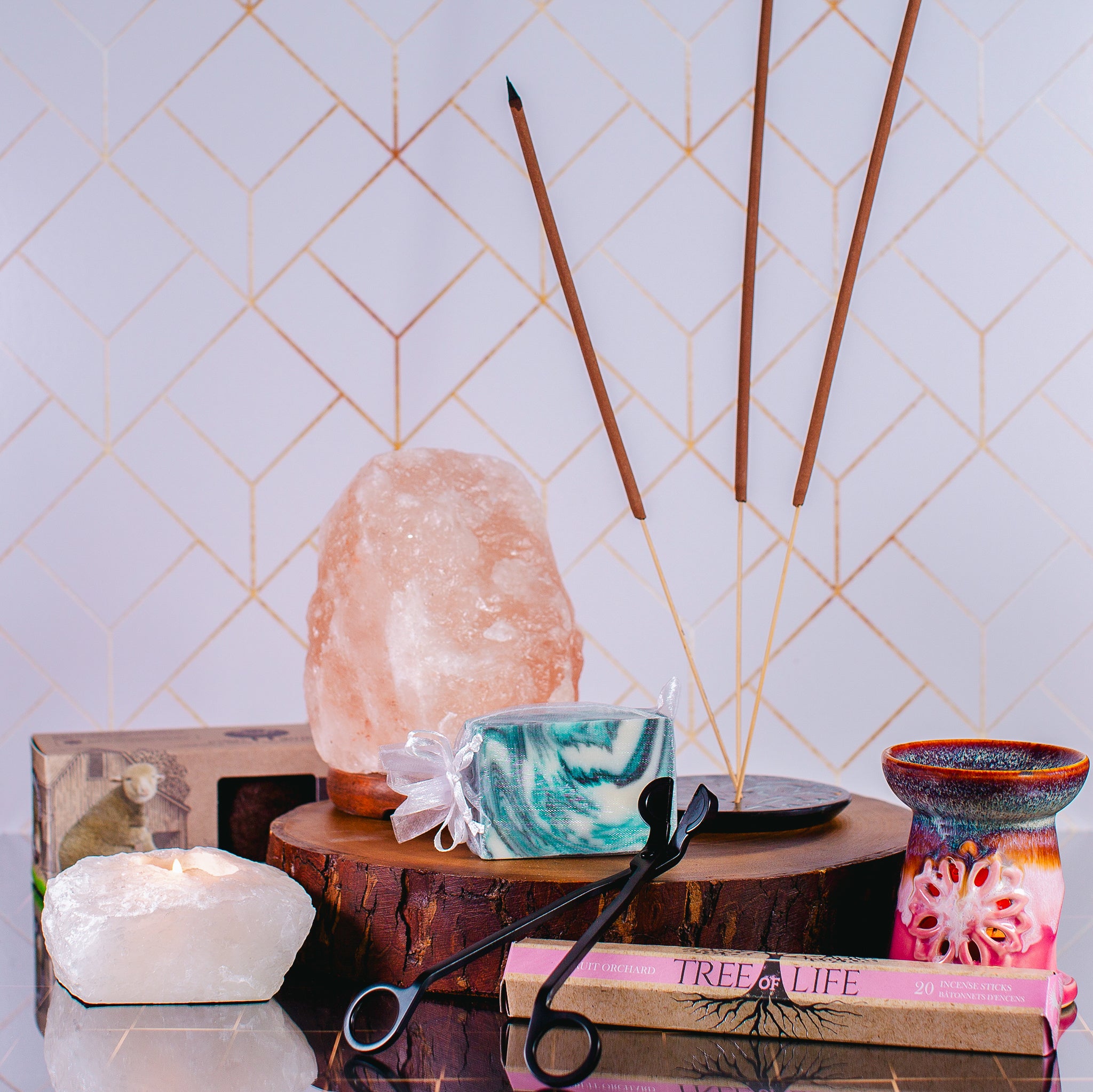Recommended Ways To Use Disinfecting Ingredients and Soap
K. E. Y. or Keep Educating Yourself is an especially apropos acronym in these stressful days as we all seek ways to help prevent the spread of COVID-19 and keep ourselves and our loved ones safe.
In this spirit, we have created this page as an educational resource where we will be including tips on using the various products and ingredients we offer.
Repeatedly, we are being reminded that washing our hands is critical to combating this virus. According to the CDC (Centers for Disease Control), washing your hands with soap and water is always the best choice, provided you are in a situation where soap and water is available. The CDC has provided a list of specific instructions for hand washing, with these steps being what they recommend:
- Always use clean, running water which can be either warm or cold.
- Begin by wetting your hands. Then, turn off the water and lather your hands with soap.
- Rub your soapy hands together for at least 20 seconds, making sure you scrub between your fingers, under your nails, as well as the back of your hands.
- Turn the water back on, and rinse your hands, using a clean towel to dry or allowing your hands to air-dry.
At Voyageur Soap and Candle, we have a number of soap options available, ranging from our Natural, Handmade Solid Soap Bars to our Premium Liquid Hand Soaps and our Bath & Shower Gel. For individuals with skin sensitivities or allergies, we also have Castile Liquid Soap Products that are made with natural olive oil.
Of course, there will always be times when water and/or soap is not available. In this situation, the use of hand sanitizer can be helpful for protecting yourself from viruses like COVID-19, as well as other illnesses such as the flu or common cold. Like the tips for proper hand washing with soap and water, there are proper ways to effectively use hand sanitizer:
- Depending on the type of sanitizer - spray versus a gel - either spray or apply the sanitizer to the palm of one hand.
- Next, thoroughly rub your hands together, ensuring you cover the entire surface of your hands and fingers.
- Be mindful to continue rubbing your hands together until they are dry – at least 30 to 60 seconds.
All hand sanitizers are not created equal. According to the CDC, you need to use an alcohol hand sanitizer that contains at least 60 percent alcohol. Furthermore, it is currently very difficult, if not impossible, to find commercially available hand sanitizers for sale. Fortunately, it is not difficult to make a homemade hand sanitizer, although we do wish to stress that hand washing with soap and water is always the best choice. Making a hand sanitizer is easy, although caution and care must be used as using improper ingredients or proportions can result in an ineffective product, skin irritation, injury, or burn, along with exposure to hazardous chemicals via inhalation. The main ingredients for hand sanitizer are:
- Isopropyl Alcohol (99 percent alcohol volume)
- Aloe Vera Gel or Aloe Vera Liquid Extract (to offer protection to the skin from the harshness of the alcohol)
- Optional: Essential Oil
At Voyageur, we are grateful that we have, and continue to be able, to provide 99% Isopropyl Alcohol. We also want to emphasize that this is not the time to panic buy. Our supply chain is good, and we will continue to work hard to provide our customers with all necessary ingredients. We are also able to offer the two other components in hand sanitizer formulations in our Aloe Vera Extract and Aloe Vera Gel. Lastly, we are also able to offer a wide variety of essential oils should you wish to add something like tea tree essential oil which is well reputed for its antibacterial properties.
Basic Hand Sanitizer Recipe Using Aloe Vera Gel
Ingredients:
- ¾ Cup Isopropyl Alcohol (99 Percent)
- ¼ Cup Aloe Vera Gel
- Optional: 10 drops of Essential Oil if desired
Recipe Steps:
- Before beginning, make sure you are working in a clean space. You may wish to wipe down your work-space with a diluted bleach solution (1 part bleach to 9 parts water). You also want to ensure you wash your own hands thoroughly prior to making the hand sanitizer. Likewise, make sure your mixing container and tools are clean and ready to use.
- It is easiest to mix all the ingredients in a glass measuring container with a pouring spout. Use a spoon to mix, and then use a whisk to thoroughly combine the Isopropyl Alcohol with the Aloe Vera Gel and essential oils (if used). You want the ingredients to be well blended.
- Pour your sanitizer gel into a clean, empty bottle with a pump or dispensing cap. If you find your mixture too thick to pour, simply use a clean spoon and funnel to add it to your container. Don’t forget to label the bottle as “hand sanitizer.”
- For those that may prefer a spray over a gel sanitizer, simply use Aloe Vera Extract Liquid. Again, it is important to keep the proportions correct for effective sanitizing.
Basic Hand Sanitizer Recipe Using Aloe Vera Liquid Extract:
Ingredients
- ¾ Cup Isopropyl Alcohol (99 Percent)
- ¼ Cup Aloe Vera Extract Liquid
- Optional: 10 drops of Essential Oil if desired
Recipe Steps:
The directions to combine are the same as the steps for the recipe featuring the Aloe Vera Gel.
Additional Information:
With the vast amount of information available on the web, we also want to list these websites where you can obtain valuable information to stay up to date about COVID-19, and what you can continue to do to remain healthy and safe:
- www.canada.ca The Government of Canada website
- www.cdc.gov The Centers for Disease Control and Prevention website
We’d like to conclude this page with some additional information about the many uses of Isopropyl Alcohol, also known as Rubbing Alcohol, as it is an effective ingredient for cleaning and disinfecting purposes. First, some important WARNINGS with respect to Isopropyl Alcohol:
- Never drink Isopropyl Alcohol / Rubbing Alcohol. Doing so, can be deadly.
- Never let children use hand sanitizer or Isopropyl Alcohol unsupervised as they are potentially more prone to incorrect use.
- Never use Isopropyl Alcohol near an open flame or high heat as it is highly flammable.
- If you use Isopropyl Alcohol and have signs of an allergic reaction: problems breathing, hives, facial swelling, swelling of your lips, tongue throat, call 911 and seek emergency medical attention.
Isopropyl Alcohol and Household Cleaning:
- Use to disinfect computer keyboard and mouse. For this task, you need to use the 99 percent Isopropyl Alcohol such as the type we carry as it evaporates quickly to avoid damaging delicate electronics. To disinfect, simply spray or use an alcohol-soaked cotton swab or microfiber cloth.
- Use to disinfect your mobile phone. Mist and wipe to clean and disinfect.
- Use to disinfect door handles. Mist and wipe.
- Use as a hard surface cleaner, but NOT on porous, permeable materials such as granite. For hard surface cleaning purposes, we recommend testing in a small, inconspicuous area first!
- Use to clean your stainless sink and chrome taps. You can pour the alcohol on a soft cloth and clean, or, alternatively, mist and wipe. Rinsing is not required since the alcohol will evaporate. Use to clean stainless-steel surfaces. The alcohol will remove water spots while disinfecting surfaces. Use a damp, alcohol-soaked microfiber cloth.
- Isopropyl Alcohol can also be used to remove hairspray from mirrors and tiles. Wet or spray a microfiber cloth with the alcohol and wipe to restore that crystal-clear surface.
- Use to disinfect makeup brushes. Pour some Isopropyl Alcohol in a small cup, dip brush into cup and swirl for a few seconds; then rinse brush with lukewarm water and lay flat on a clean towel to dry.
- Use to clean your blinds. You can wrap a spatula with an alcohol-soaked microfiber cloth, securing the cloth with a rubber band or string. Then simply use to clean between the slats of the blinds.
- Use to refresh and clean dry erase boards. This chore definitely requires at least 90 percent Isopropyl alcohol to truly remove those pesky dry erase marks. It is easiest to spray the board and wipe, but you could also use an alcohol-soaked wash cloth or paper towel.
We hope this information proves useful. Stay safe, stay healthy!!
------------------------------------------------------------------------------------------------------------------------------------------------------------------------------------------------------------------------------------
Please note that the information and formulations included in this article are information that is readily available on the internet. We are providing them here for our customers’ educational and personal use only. As mentioned, it is the use of proper proportions that are essential when making effective hand sanitizers. As per CDC guidelines, an effective hand sanitizer must contain at least 60 per cent alcohol. Please note in providing these formulations, we do not accept liability to their effectiveness or the success of the formulas when being made. Any commercial use of these recipes is not endorsed or recommended by Voyageur Soap & Candle and it is the responsibility of the individual user to meet the appropriate regulatory requirements of their jurisdiction in all matters. For any troubleshooting, questions, or concerns that are not able to be answered by this guide please contact our customer service team at:
Toll Free: 1-800-758-7773 | Phone: 604-530-8979 | Email: sales@voyageursoapandcandle.com




